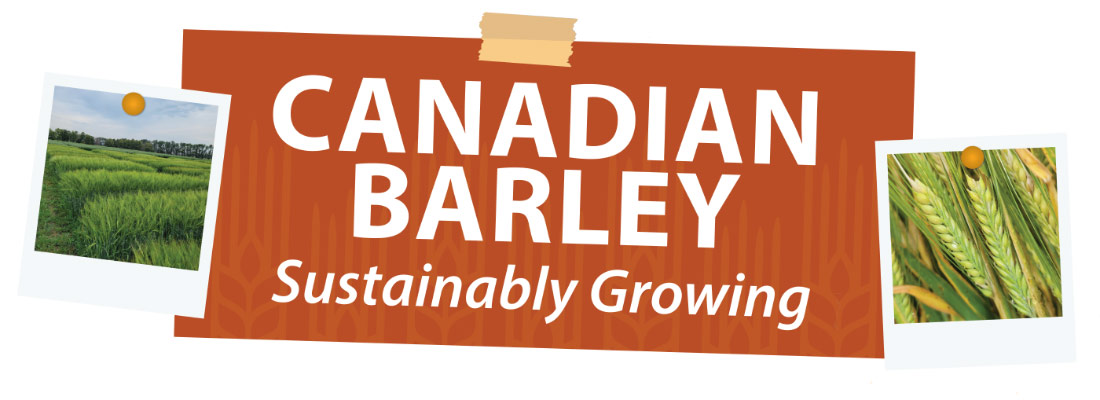Research
Sustainable Canadian Agricultural Partnership (SCAP) National Barley Cluster
Improving barley sustainability through integrated genetic diversity, nitrogen and PGR management Priority 1: Climate Change and Environment


Dr. Kui Liu,Swift Current Research and Development Center, AAFC
Dr. Hiroshi Kubota, Lacombe Research & Development Center, AAFC
It’s important for barley producers to continually adopt new varieties with different genetic backgrounds to be able to sustainably and profitably grow the crop.
However, best management practices for nitrogen fertilizer use may vary from variety to variety, and established best practices may not exist for some of the newer, high-yielding malt and feed varieties available to producers.
This research aims to optimize nitrogen fertilizer application rates for new barley varieties with different genetic backgrounds to increase yield and economic returns while minimizing greenhouse gas (GHG) emissions. It will also aim to improve fungicide and plant growth regulator (PGR) application timing to optimize on-farm operation efficiency.
Overall, this information will help producers balance productivity, profitability and environmental impact in the face of weather uncertainty, enhancing the resilience of the Canadian barley industry.
Objectives
-
Optimize nitrogen fertilizer application rates for new barley varieties with different genetic backgrounds to increase yield and economic returns while minimizing GHG emissions.
-
Improve fungicide and PGR application timing to encourage on-farm operation efficiency.
